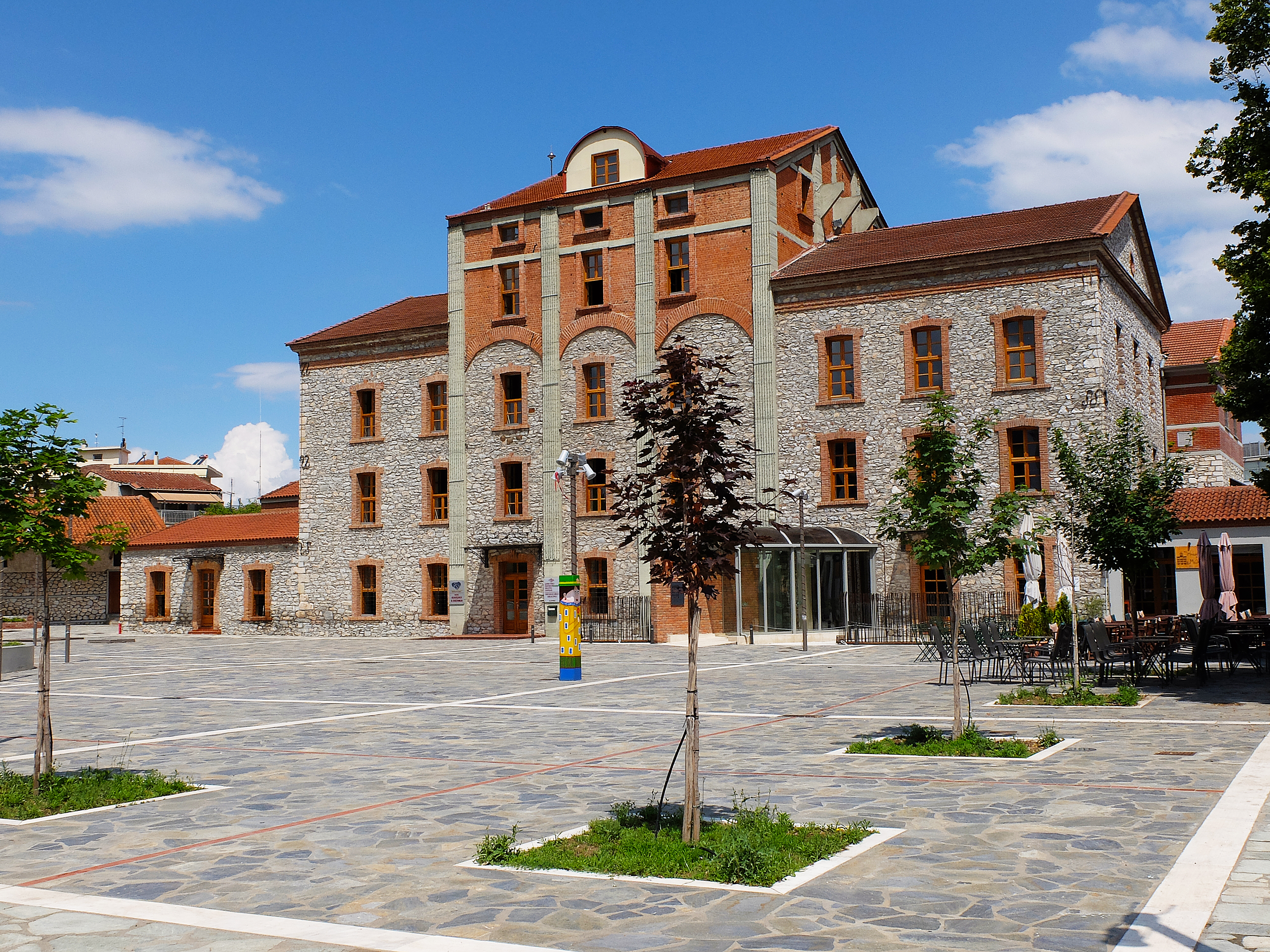Redevelopment of industrial heritage has turned in a few decades from a rarity to a common phenomenon with countless applications. Reusing heritage is acceptable, says PhD candidate Dora Chatzi Rodopoulou, but it must be done in a controlled manner.
In recent decades, the Netherlands has built up a reputation for its resolute way of repurposing heritage. Restoration architects made large cuts in various monuments or built constructions on top of it - De Fundatie in Zwolle is a well-known example. On the positive side, many old factory buildings and water towers have been given a new life in this way. 'But with the “Dutch approach”, much is often unnecessarily wasted,' notes Rodopoulou. 'Then you lose part of the cultural significance of a building.'
Her PhD research “Control Shift. European Industrial Heritage Reuse in review” provides an overview of what has happened in the past forty years, while exploring the potential of enhancement of the industrial heritage reuse practice. The title 'Control Shift' refers to “managing change” - the current motto of the heritage sector. A few decades ago, change was regarded as an enemy, but that is a thing of the past.
Twenty projects are reviewed in her doctoral research. It is striking that there are major differences in the way European countries deal with industrial heritage. In contrast to the Dutch approach, there is a more classic approach in the United Kingdom - the great pioneer in the field of industrial heritage. The British method was followed in Spain, but here regional fragmentation frustrates an unambiguous approach. Most conservative is the Greek approach. Perhaps not surprising, given the country’s tradition of the restoration of ancient monuments.
Chatzi Rodopoulou notes that appreciation of industrial heritage and knowledge about it is growing and that many complexes are given a new function. At the same time, there are also early examples of converted industries that are ready for a next makeover. The case of Ironbridge Gorge Museums in Shropshire (UK), has a lot to teach in that respect: continuous investments and consecutive innovations keep this birthplace of the industrial revolution alive and attractive. Other early cases however have to deal with problems due to insufficient maintenance or insufficient future prospects.
For example, the Center of Technical Culture on the island of Syros is facing major financial operational issues twenty years after opening. Greece was hit hard by the credit crisis and the repurposed network of factories is suffering the consequences. Other redevelopments across Europe are also struggling to survive for a variety of reasons. Without a solid business case, devoted stakeholders, the right investors and management plan, a re-use has little chance of success. “Just refurbishing and preparing for reuse is not enough,” says Chatzi Rodopoulou. "A building must be able to generate a constant stream of income."
And that can be difficult with industrial heritage. The buildings are often very large, with a high level of technical complexity that does not fit well with other functions. Their special characteristics often make conversions costly. Partly for this reason, the Netherlands allows fairly extreme interventions. There is room for architectural expression and for substantial interventions. 'But that also has disadvantages,' says Chatzi Rodopoulou. 'Sometimes old industrial buildings are fairly standard, but the machines they house are rare. If they are immediately discarded, a complex will lose much of its value.' Examples are the Jannink in Enschede and the Energiehuis in Dordrecht.
The approach in the United Kingdom is different. Often, the heart of historic British industrial structures remains partly intact to give the public a glimpse into the function a building once had. It is more balanced than a reuse approach in which the motor heart has disappeared, says the PhD student.
Still, no single approach is the best. Each approach has its own pros and cons. Unfortunately the different countries hardly learn from each other. Chatzi Rodopoulou has therefore developed a framework of guidelines and an online knowledge platform with examples and information about European industrial heritage reused projects. 'It is time to start exchanging the knowledge that we have acquired over the past decades on a European scale.'

